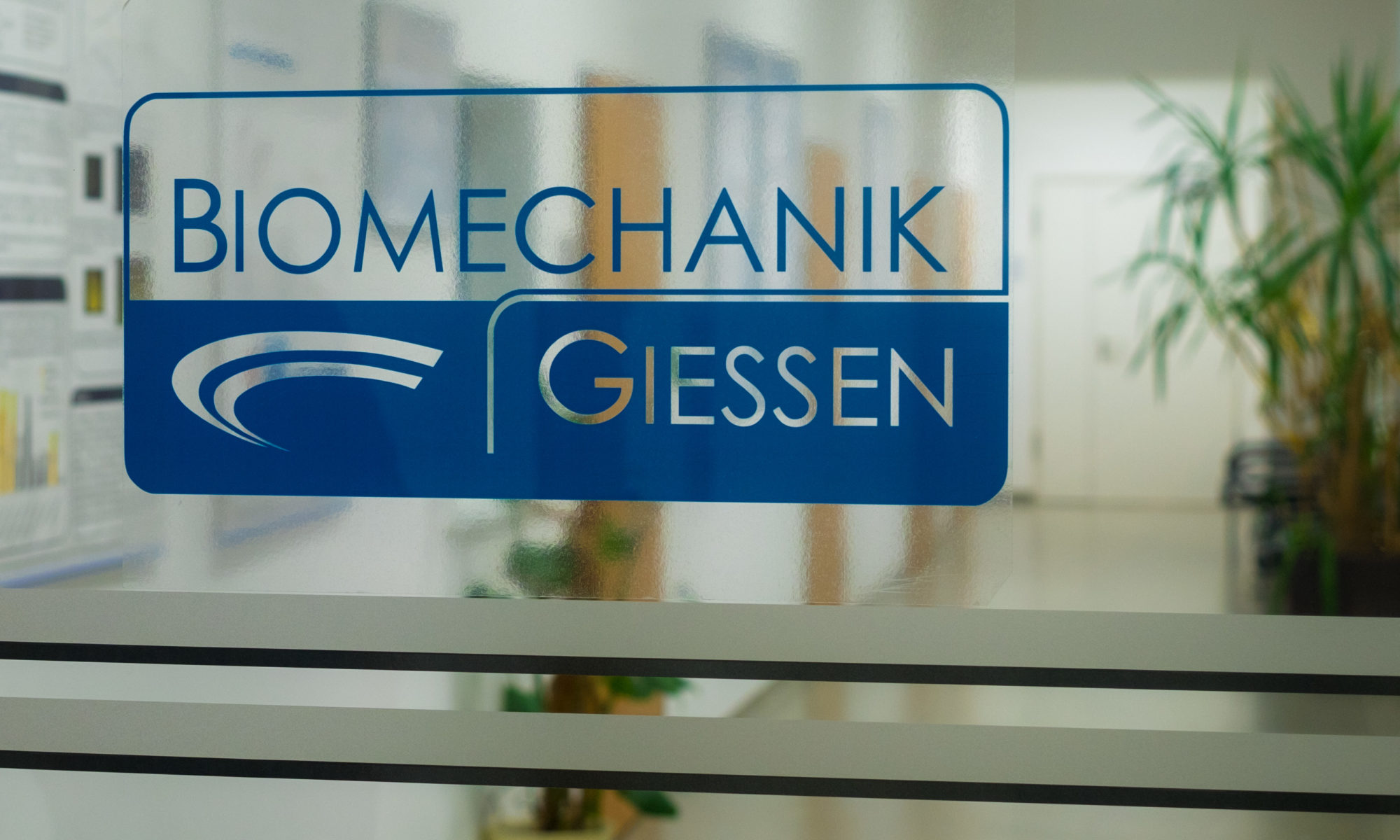Jahnke A 1, Harz T 1, Fonseca Ulloa CA 1, Ishaque BA 1,2, Rickert M 1,2
J Orthop. 2023 Dec 46, 117-123, doi: 10.1016/j.jor.2023.09.016
- Laboratory of Biomechanics, Justus-Liebig-University Giessen, Klinikstrasse 29, 35392, Giessen, Germany.
- Department of Orthopaedics and Orthopaedic Surgery, University Hospital Giessen and Marburg (UKGM), Klinikstrasse 33, 35392, Giessen, Germany.
Abstract
Introduction: In order to improve the anchorage behavior of short hip stems, this development project aims at designing a short hip stem concept that preserves the femoral neck and minimizes interference with the physiological stress distribution of the femur. The new design will be evaluated according to ISO 7206-4 which is the standard for testing Implants for surgery.
Methods: Basic CAD models based on an established short stem prosthesis were created and evaluated using finite element analysis. The best design was further developed to achieve a more deformable stem while maintaining stability. The model was validated through in vitro testing.
Results: The “H-Beam” short stem showed a higher degree of deformation of approximately 142–144% compared to the established short stem. The FE model had a relative error of 0.98% and 1.07% compared to the in vitro tests. An operating procedure was outlined for this new short stem design.
Discussion: The FE model is deemed valid due to small differences in comparison to in vitro testing. The short-stem prosthesis is more flexible and can be easily adapted to individual anatomy during surgery. The prosthesis length is similar to conventional prostheses, but the new stem design could allow better and faster osteointegration while preserving the cancellous bone structure.
Keywords: Short hip stem; THA; Finite element analysis; Bone and prosthesis elasticity
